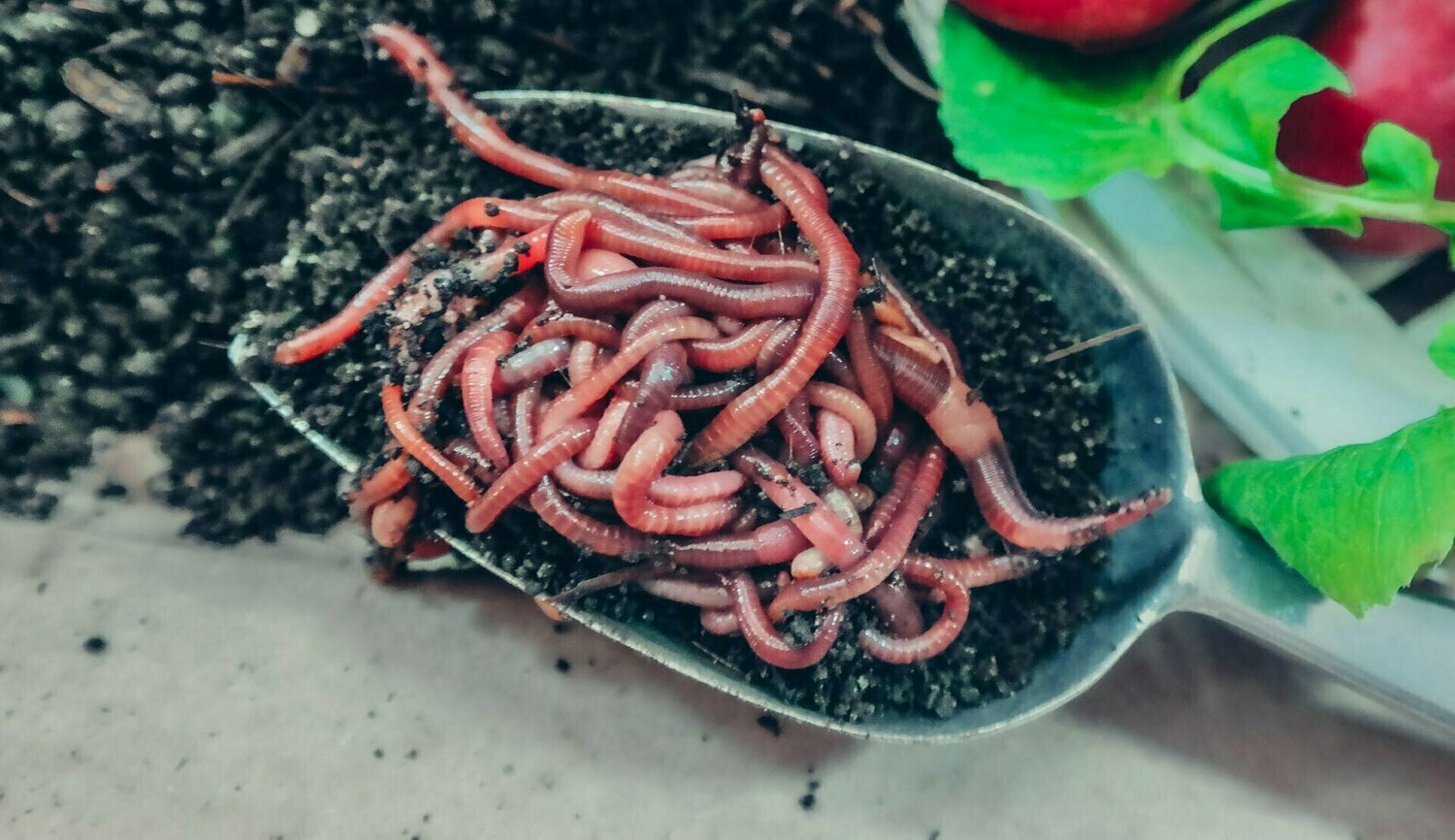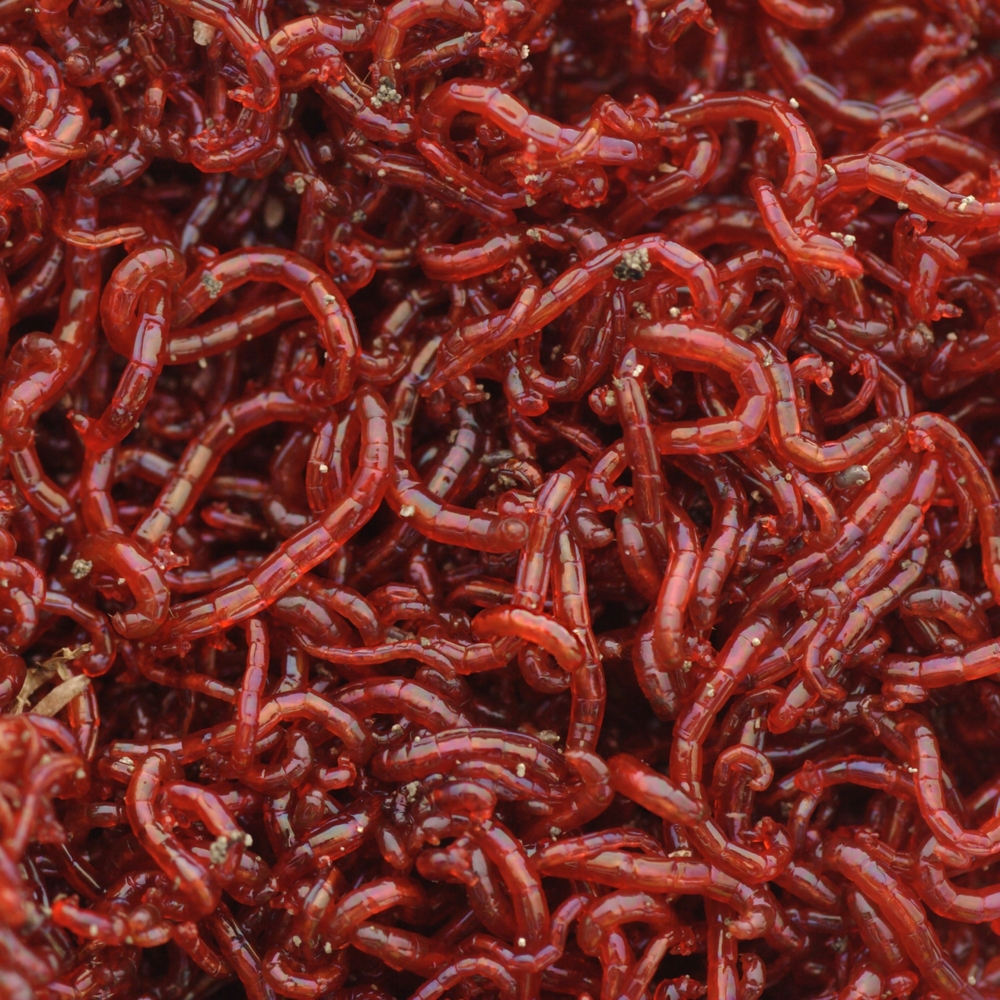Making Use Of Red Wigglers for Effective Organic Waste Disposal
Using red wigglers for organic garbage disposal presents a compelling technique to taking care of food scraps while promoting ecological sustainability. These worms not only improve waste decomposition but additionally produce important worm castings, which can considerably enhance dirt wellness. Their ability to process huge volumes of organic material with minimal initiative placements them as an accessible option for houses and communities alike. Comprehending the nuances of establishing up a successful worm container and preserving an optimum environment is essential for optimizing their benefits. The following actions in this process may surprise you.
Benefits of Utilizing Red Wigglers
Among the most engaging benefits of utilizing red wigglers for organic garbage disposal is their amazing performance in composting. These worms, clinically called Eisenia fetida, are especially adjusted for damaging down organic materials, enabling them to refine waste as much as twice their body weight every day. This fast decay not only increases the composting process yet likewise produces nutrient-rich worm spreadings that significantly enhance dirt high quality.
Additionally, red wigglers add to a decrease in landfill waste. By drawing away natural products from landfills, they aid reduce methane discharges-- a powerful greenhouse gas. This ecological advantage is vital in the battle against climate change.
Moreover, red wigglers are low-maintenance and can prosper in various atmospheres, making them easily accessible for both newbie and experienced composters. Their ability to duplicate quickly makes certain a consistent populace, helping with continuous waste processing.
Establishing Your Worm Bin
Developing an efficient worm bin is essential for optimizing the advantages of composting with red wigglers. The initial step is picking an appropriate container. A container constructed from plastic or wood, with an ability of 10 to 20 gallons, is suitable. Ensure the bin has appropriate drainage holes to stop excess dampness, as red wigglers grow in a damp however not soaked environment.
When the container is established, introduce the red wigglers, enabling them to adapt to their brand-new atmosphere. It's critical to keep an eye on moisture levels and temperature on a regular basis. A well-maintained bin will certainly not only support the health and wellness of the worms however also promote efficient disintegration of organic waste. By complying with these guidelines, you can produce a thriving environment that adds to lasting waste management.
What to Feed Red Wigglers
An understanding of the proper diet for red wigglers is crucial for keeping a healthy worm resource populace and enhancing composting efficiency. These things not only offer vital nutrients yet additionally add to the wetness balance within the worm container.
It is essential to prevent particular foods that can harm the worm populace. Red wigglers ought to not be fed meat, milk items, oily foods, or processed products, as these can draw in parasites and develop undesirable odors. red wigglers. Furthermore, citrus fruits and zesty foods need to be decreased, as their level of acidity can be detrimental to worms
Monitoring the worm bin for food consumption prices will certainly aid make certain that red wigglers are receiving an appropriate diet regimen while maintaining an efficient composting atmosphere. Correct feeding techniques are essential for cultivating a prospering community within the worm bin.
Keeping Your Worm Environment
A properly maintained worm environment is vital for the health and wellness and efficiency of red wigglers. To make certain optimum problems, it is essential to keep track of temperature level, moisture, and oygenation within the worm bin. Red wigglers grow in a temperature level range of 55 to 77 levels Fahrenheit. Surpassing this range can worry the worms, so it is very important to place the container in a suitable place away from straight sunlight and severe temperatures.
Wetness levels should be maintained consistent; the bedding must perspire but not soggy. A good general rule is to preserve wetness at about 70% to 80%. If the bedding ends up being too wet, it can bring about anaerobic conditions that are harmful to the worms. Including dry carbon-rich products, such as shredded paper or cardboard, can aid absorb excess moisture.

Making Use Of Worm Castings in Gardening
Rich in nutrients and beneficial bacteria, worm spreadings offer as an outstanding natural fertilizer for horticulture. Produced through the digestive processes of red wigglers, these castings consist of an array of necessary nutrients, consisting of nitrogen, phosphorus, and potassium, which advertise durable plant development. Unlike artificial plant foods, worm castings provide a slow-release mechanism, guaranteeing that nutrients are available to plants over a prolonged duration, consequently lowering the risk of nutrient leaching and soil deficiency.
Along with nutrition material, worm spreadings boost soil framework and oygenation, improving dampness retention and drainage. The microbial life existing in worm castings helps to suppress microorganisms and promotes a healthy dirt ecosystem, additional benefiting plant health and wellness. When incorporated right into the dirt or used as a top dressing, worm spreadings can substantially enhance seed germination prices, origin development, and overall plant vigor.
For optimum outcomes, gardeners should apply worm spreadings at a price of 1-2 inches per square foot, blending them into the dirt or including them into potting blends. Generally, utilizing worm spreadings is a green method to enriching soil fertility and guaranteeing thriving garden settings.
Conclusion

Comments on “Red worms: Why they matter for gardens”